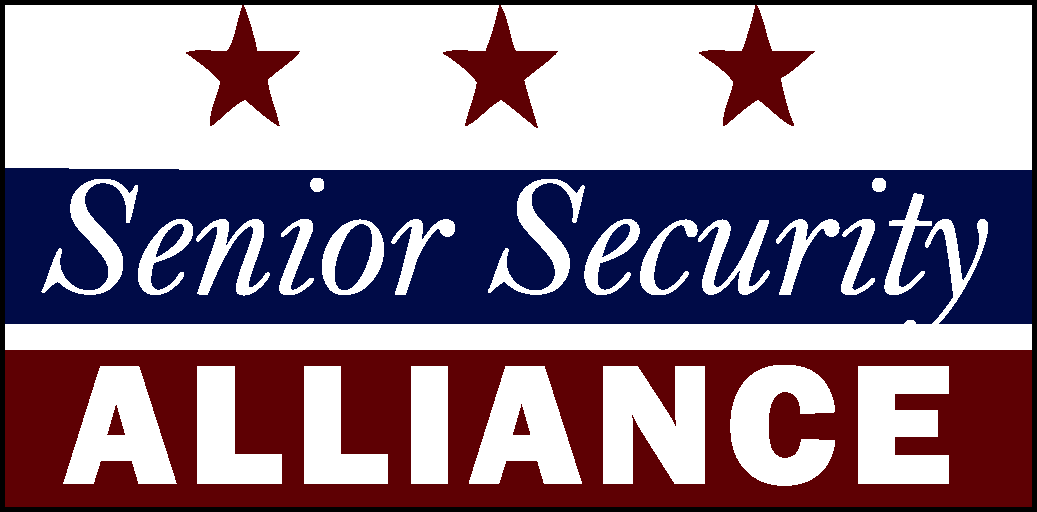“We’re off to see the wizard…from the comfort of our living room.”
At 9:00 Eastern Time, on Saturday, November 3, 1956, something magical happened that would forever change the world of television. On that momentous evening, “The Wizard of Oz” was shown on television for the first time, leaving an indelible mark on the hearts and minds of viewers across the nation. This iconic event was more than just a broadcast — it was a cultural milestone that transcended generations and continues to captivate audiences to this day. Perhaps you remember that ground-breaking event 67 years ago? Or maybe you recall the family gathering around the television to watch later airings of this classic film? Let’s take a look back at the big event.
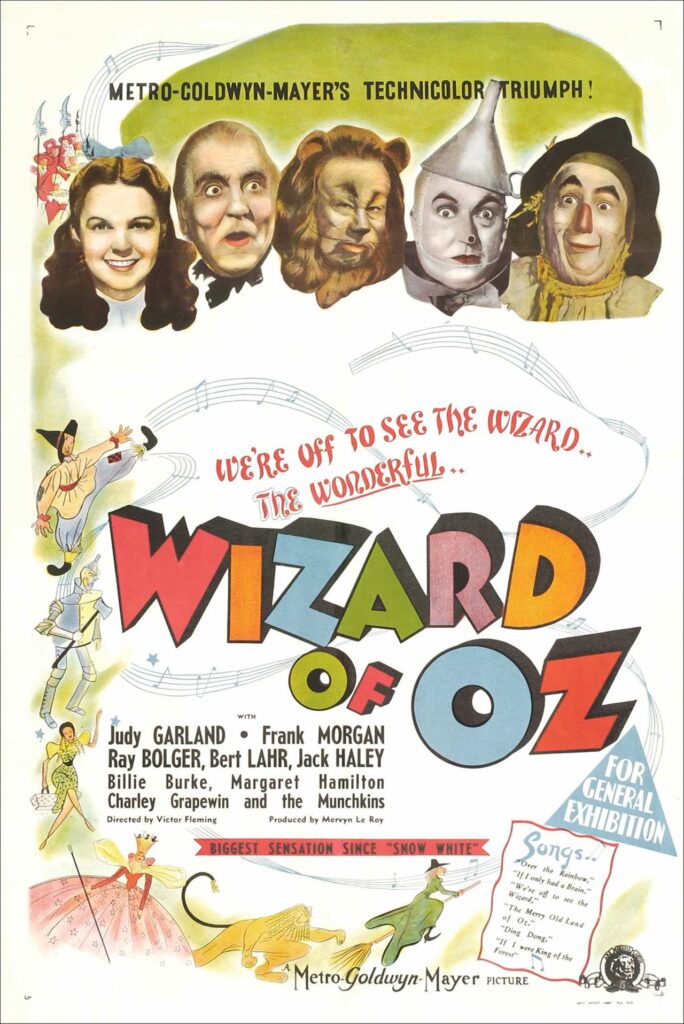

(By Evert F. Baumgardner – https://web.archive.org/web/20071226081329/teachpol.tcnj.edu/amer_pol_hist/thumbnail427.html
https://commons.wikimedia.org/w/index.php?curid=14737684 Wikimedia Commons/Public Domain
The mid-1950s in America saw a remarkable surge in popularity and growth of the television. During this time — often referred to as the “Golden Age of Television” — the number of American households owning a TV set skyrocketed. Iconic shows like “I Love Lucy” and “The Ed Sullivan Show” captured the nation’s attention and imagination. Families increasingly gathered around their sets in living rooms and family rooms for shared entertainment. The introduction of color broadcasting and the transition from radio to TV as the primary source of entertainment shaped the landscape of American living rooms, cementing television as a powerful medium for information and entertainment.
“The Wizard of Oz” had already achieved legendary status as a beloved film classic by the time it made its television debut. The original film, released in 1939, was a cinematic marvel, bringing L. Frank Baum’s enchanting world of Oz to life with vivid color and groundbreaking special effects. It was a cinematic achievement that showcased the potential of the medium, and its enduring appeal was evident when it was first aired on television.
The story of Dorothy Gale’s journey from the black-and-white world of Kansas to the vibrant and fantastical realm of Oz has resonated with audiences for generations. This timeless tale of adventure, friendship, and self-discovery is a universal narrative that appeals across generations. It’s a story that reminds us of the power of dreams and the importance of home — a theme that continues to resonate with viewers of all ages. The transition from the silver screen to the small screen allowed this beloved classic to reach ever-growing numbers of entertainment consumers — in American and eventually around the world.
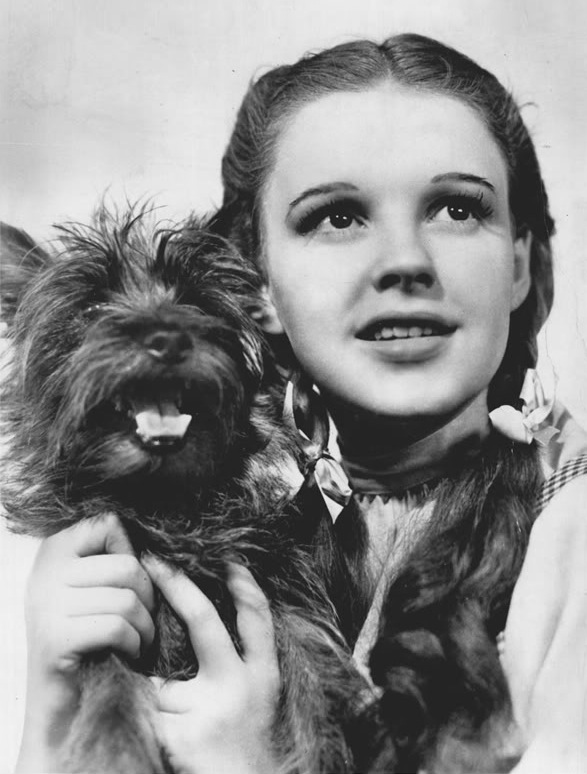
(By NBC Television Network
https://commons.wikimedia.org/w/index.php?curid=20838884 via Wikimedia Commons/Public Domain)
For many families, gathering around the television set to watch “The Wizard of Oz” became a cherished tradition. (And so did little kids like me hiding behind the living room sofa whenever the Wicked Witch made an appearance!) It was an event that brought generations together, creating shared experiences and lasting memories. In an era where families often had limited entertainment options, this broadcast became a cultural touchstone.
The story behind this historic television debut involves careful planning and anticipation. The rights to broadcast the film were highly sought after, and CBS secured them for a record-breaking $225,000. The network understood the immense appeal of the movie and wanted to make the most of its investment. They scheduled the broadcast for Sunday, November 3, 1956, in the coveted 6:00 PM time slot.
As the fateful day approached, excitement and anticipation grew. CBS heavily promoted the event, and households across the nation eagerly awaited the broadcast. When the moment finally arrived, families gathered around their television sets in eager anticipation. For most, this was their first opportunity to see the film anywhere other than the movie theater.
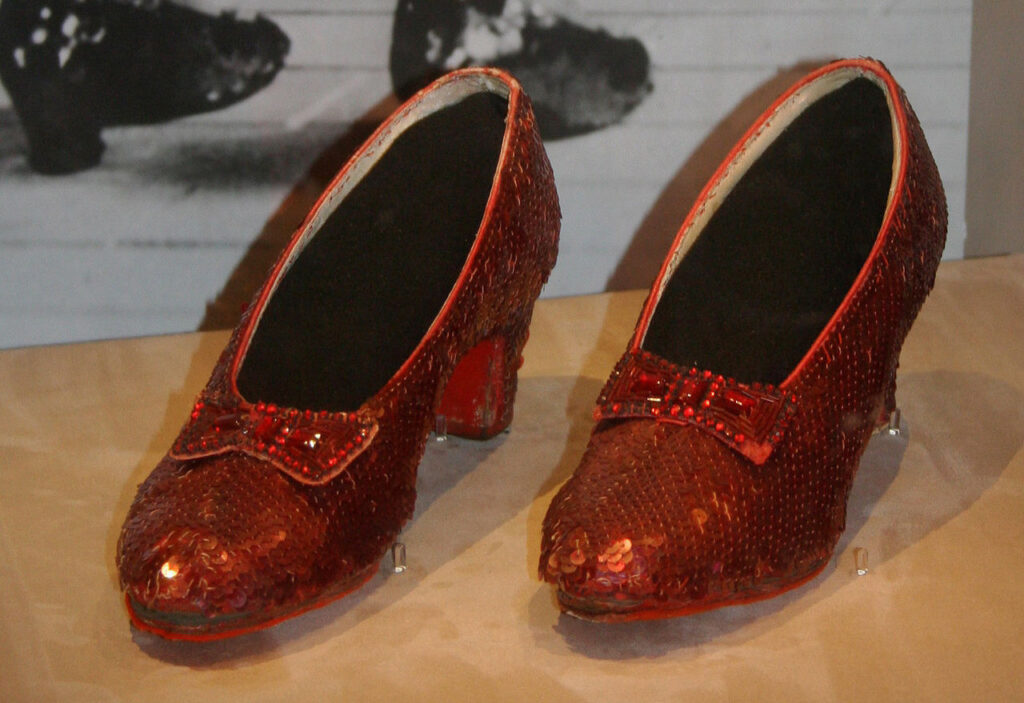
(By dbking – originally posted to Flickr, CC BY 2.0, https://commons.wikimedia.org/w/index.php?curid=4095525, licensed under the Creative Commons Attribution 2.0 Generic license.
The impact of the television broadcast was immediate and profound. It introduced “The Wizard of Oz” to a new generation of viewers who might not have had the chance to see it on the big screen. The film’s stunning use of color, imaginative characters, and memorable songs — including the iconic “Over the Rainbow” — left an indelible impression on young minds.
Furthermore, the television broadcast of “The Wizard of Oz” was a precursor to the concept of “event television” that is so familiar today. It demonstrated the power of television to bring people together for a shared experience. It transcended the screen and became a cultural phenomenon.
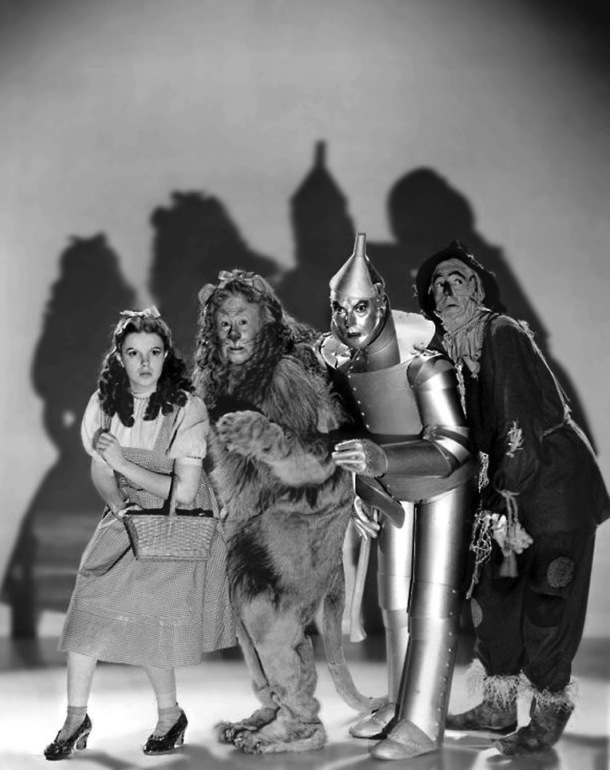
(By NBC Television Network/Public Domain, https://commons.wikimedia.org/w/index.php?curid=20852894)
In the years that followed, “The Wizard of Oz” continued to be a staple of television programming. Annual broadcasts became a tradition, eagerly anticipated by viewers of all ages. The film’s timeless message of courage, friendship, and the pursuit of one’s dreams continued to resonate with each new generation that discovered its magic.
So indeed, the television debut of “The Wizard of Oz” on November 3, 1956, was a historic and transformative moment in the history of entertainment. It brought a beloved classic to the homes of millions, leaving an indelible mark on the cultural landscape. The event served as a bridge between the golden age of cinema and the rise of television, demonstrating the medium’s power to unite and captivate audiences. “The Wizard of Oz” remains a testament to the enduring power of storytelling and the magic of cinema, making it an essential part of our cultural heritage.
By Steven Roberts
